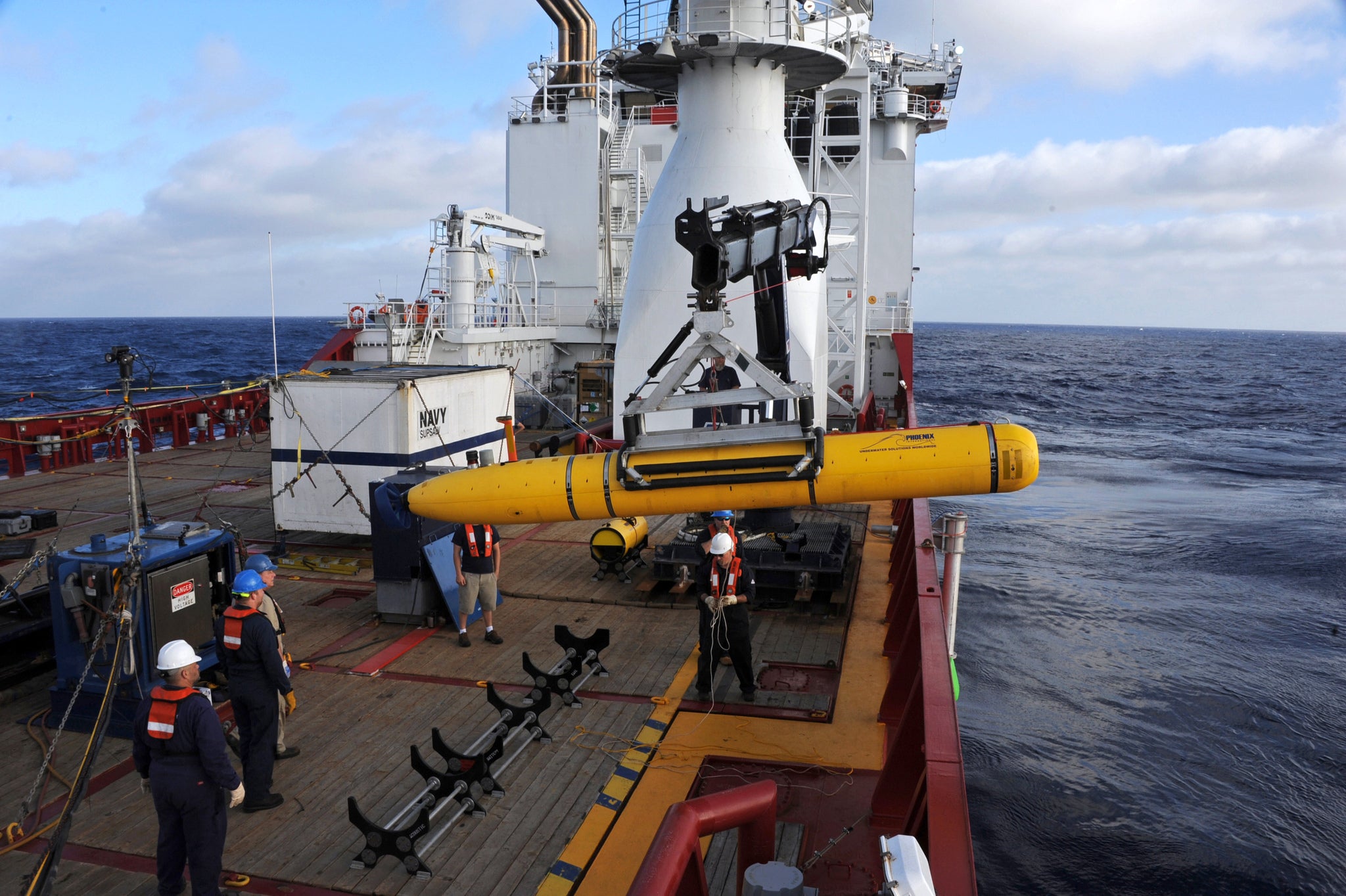MH370: Most likely crash site yet to be explored after 101 days, satellite firm Inmarsat says
The British company analysed its data and located what it says is the "most likely" crash site, which is yet to be explored

Search teams for missing flight MH370 have yet to explore the most likely crash site, a UK-based satellite company has claimed.
Inmarsat, headquartered in London, says that it had analysed the hourly connections its spacecraft had with the Malaysian Airlines plane, calculating that it must have come down in the south of the Indian Ocean.
This “hotspot” is only now about to be searched following two months chasing sonar detections coming from the sea bed to the west of Perth, Australia.
Investigators were side-tracked by these “pings” because they offered up a viable prospect that the plane’s flight recorders were nearby. However, this search has proven to be fruitless.
"It was by no means an unrealistic location but it was further to the north east than our area of highest probability," Chris Ashton from Inmarsat told BBC’s Horizon.
Following a brief hiatus, the search is due to get underway again using Inmarsat’s conclusion as one of the main reference points.
Researchers at the firm had used its satellite data to map a number of arcs where they had last made contact with the Boeing 777. With this they used the likely trajectory of a plane on auto-pilot to find where the jet most likely fell.
"We can identify a path that matches exactly with all those frequency measurements and with the timing measurements and lands on the final arc at a particular location, which then gives us a sort of a hotspot area on the final arc where we believe the most likely area is," Mr Ashton said.
The Australian Navy vessel Ocean Shield deployed US submersible vehicle, Bluefin-21, in April to scour the depths of the ocean floor, but it turned up nothing.
Flight MH370 disappeared on 8 March with 239 passengers and crew on board, with its whereabouts still unknown.
The latest claims come just after the lost travellers’ families marked 100 days since their loved ones’ disappearances.
Zhang Qian, 28, quit her job and has become steadily more reclusive since her husband vanished along with the plane.
"It may be my fantasy, but what if one day he sends some distress signals and he gets saved, and that will be the end of this?" Zhang told the Associated Press.
She now visits Buddhist temples, giving her some comfort amid the uncertainty and respite from the frenzied, political toing and froing.
"At the temple, I can speak from my heart to my husband," she said.
Inmarsat says it was set up in 1979 "by the International Maritime Organization (IMO) to enable ships to stay in constant touch with shore or to call for help in an emergency, no matter how far out to sea.
"[Our customers] are typically businesses and organisations that need to communicate where terrestrial telecom networks are unreliable or simply cannot reach."
Families of the missing passengers and crew have also just starting receiving initial $50,000 compensation payouts from the airline's insurer.
Subscribe to Independent Premium to bookmark this article
Want to bookmark your favourite articles and stories to read or reference later? Start your Independent Premium subscription today.

Join our commenting forum
Join thought-provoking conversations, follow other Independent readers and see their replies